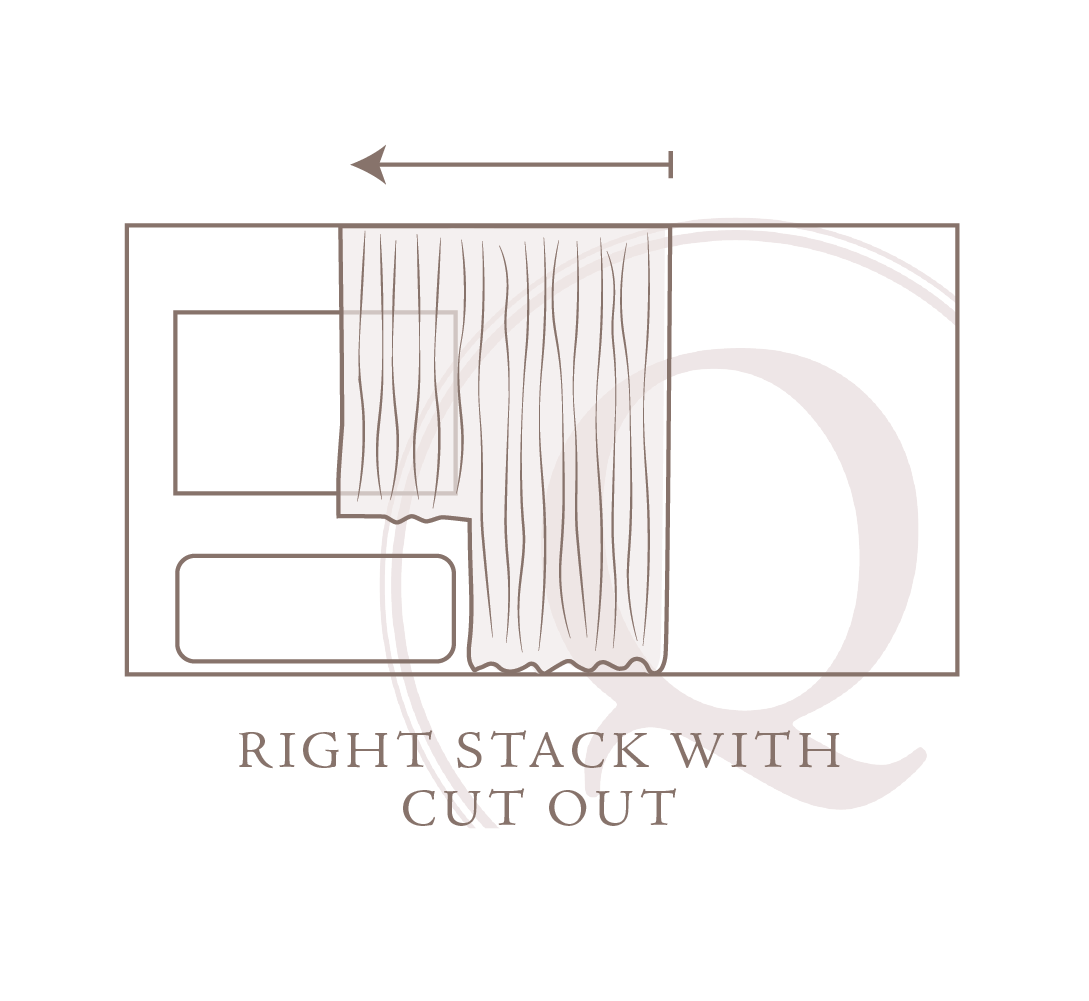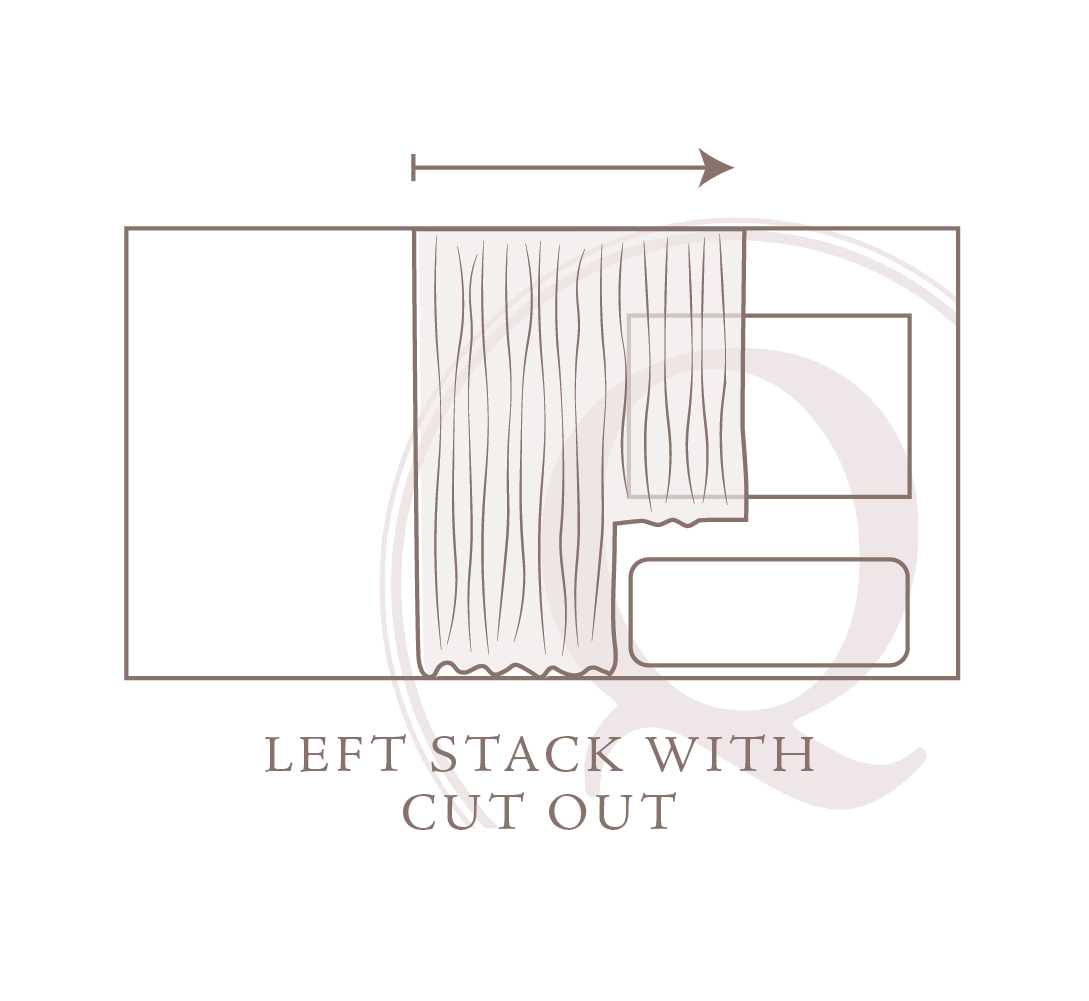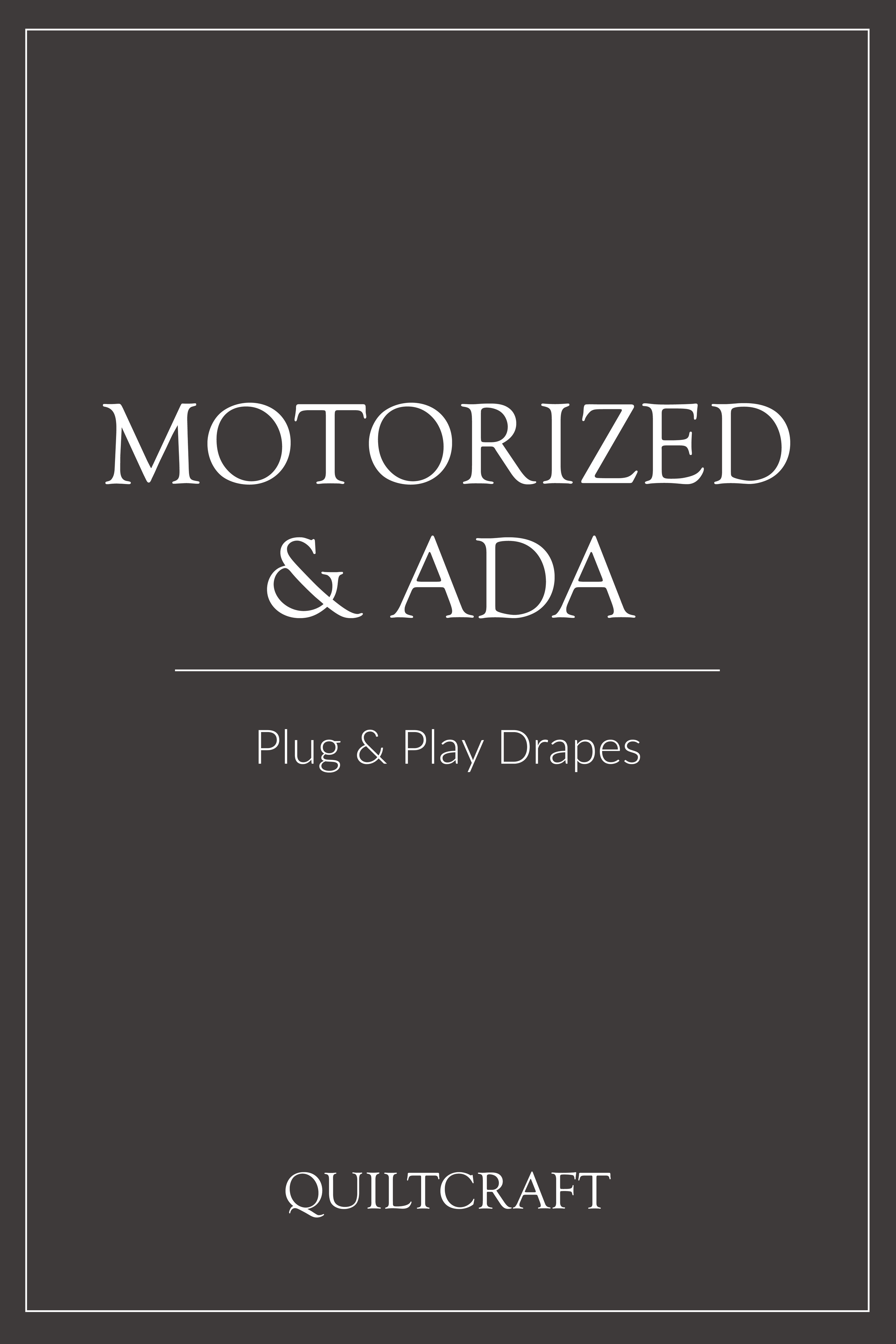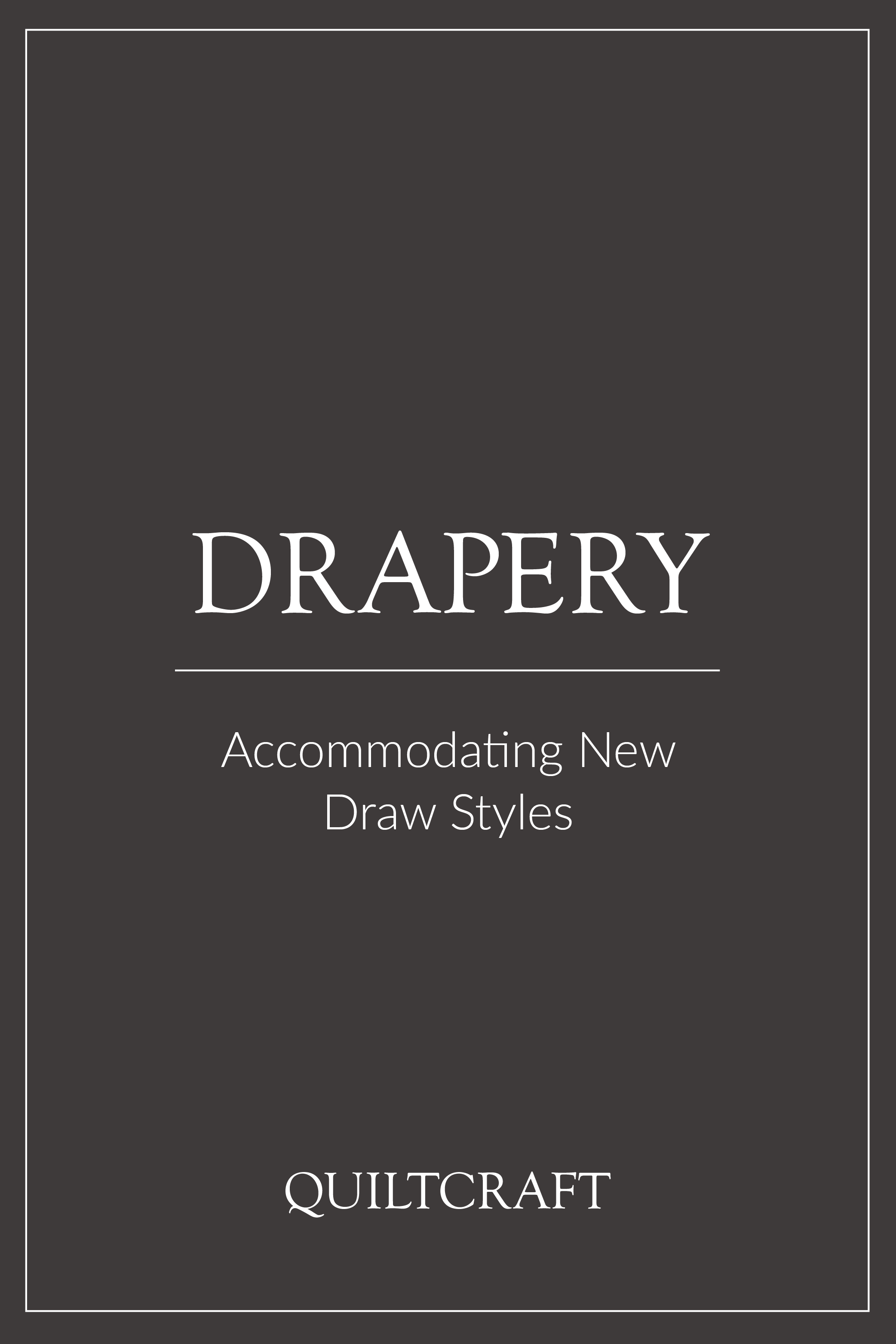Drapery Draw (Part 2)
Where Should I Stack My Drapes?
This is a continuation of ‘Drapery Draw: Where Should I Stack My Drapes? Part 1’. In this post we will take a more in-depth look at the last four ‘stack options’ seen on our Drapery Draw resource card (download at the bottom of this post).
Right/Left Stack with a Cut Out
This is simply one of the panels being cut to frame PTAC. This type of stack with a cut out would be used in a room where the window & PTAC are either to the far left or far right, along the wall of a room.
The opposite edge from the master is outfitted with a return to the wall.
Baton drawn, Cord Drawn & Motorized are all available options. (See our Hardware Resource Card)
Center Open Pair With Cut Out
This stack option is made identically to the ‘Center Open Pair’ except that the drapery is literally cut out at a specific point to allow the drapery to frame a PTAC unit. The cut outs are usually made at the bottom corner of the leading edge so that when the pairs are closed (come together at the center) they form a rectangle around the PTAC.
It is important to note that when open the ‘cut out’ portion of the drape does look slightly different as it obviously does not hang to the floor as the rest of the drape does.
Baton drawn, Cord Drawn & Motorized are all available options. (See our Hardware Resource Card)
Stationary Panels
Stationary Panels are exactly that, stationary. They can be used as side panels in smaller widths or to cover large areas of the wall, in a design that may specify wall to wall drapery coverage.
As these are stationary panels, no traversing mechanism is needed, therefore these are always made with regular hardware.
Center Stack
The center stack is more rarely used, although it can definitely come in handy in different circumstances. The basic idea is that one large panel is made and outfitted with a master carrier on both edges. Therefore both edges traverse in opposite directions.
A stop is placed at a specified point in the hardware that prevents the traversing from that point.
Baton drawn is the only option available for this draw type, although similar functionality can be accomplished with cord drawn or motorized hardware by butting two opposite traversing panels up against one another. (See our Hardware Resource Card)
Another very important concept in addition to the direction you choose to stack your drapery (the Draw) is knowing how much the drapery will actually take up when completely opened. This is known as “Stack Back” and we’ve written a post teaching you how to figure it out with a simple formula. Check it out, ‘What is Drapery Stack Back?’
Don’t miss Part One of this post!
Check Out More Drapery Related Resources














